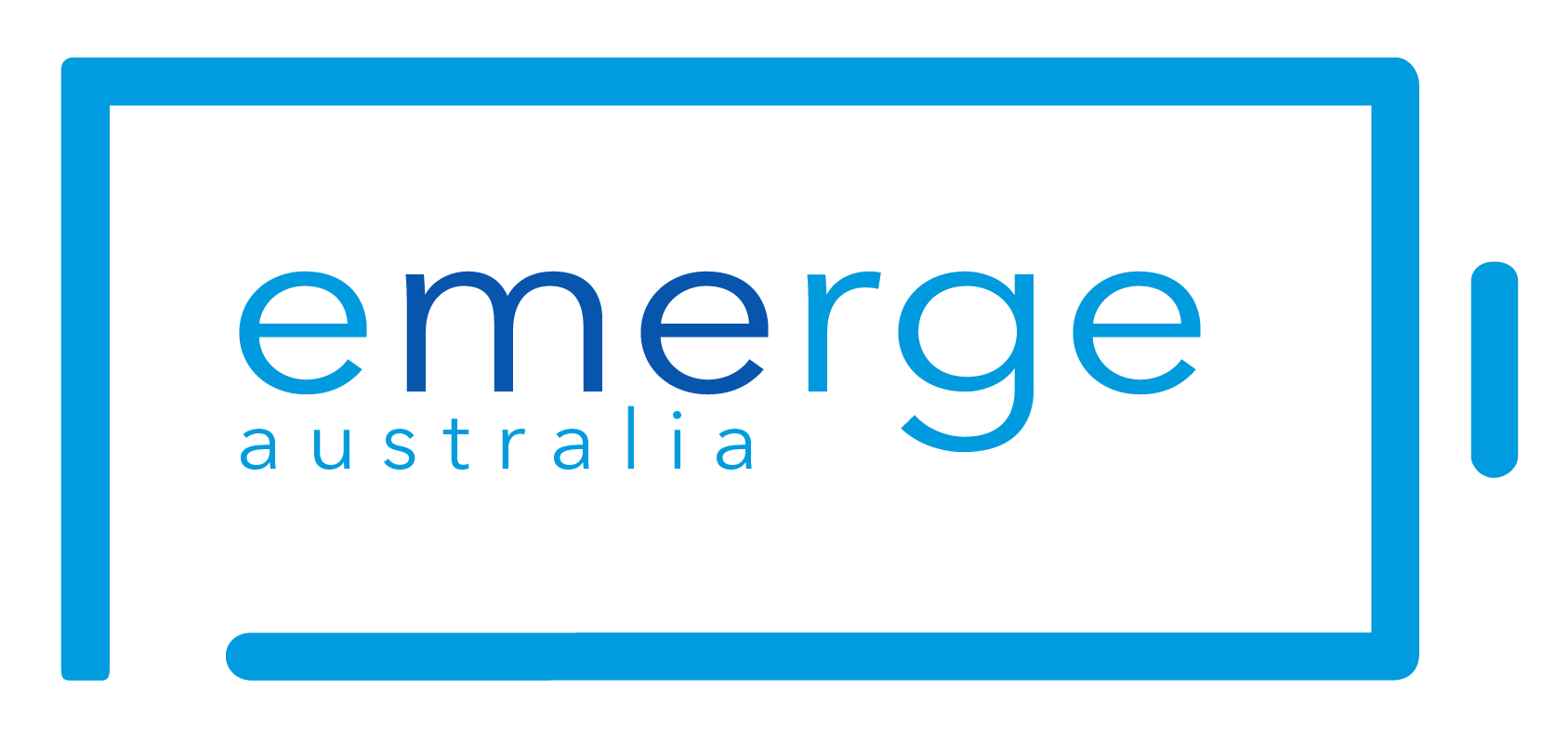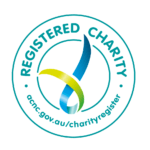Community member Miriam Adler penned a first-person piece about her life living with ME/CFS to coincide with ME/CFS Awareness Week. It appeared online in News.com.au mastheads ranging from the Herald Sun, Gold Coast Bulletin, Adelaide Advertiser and Daily Telegraph, among others. The article is behind a paywall, so we are reproducing it here.
Thanks to Miriam for her beautiful reflection below.
 If I had been told before I was diagnosed with Myalgic Encephalomyelitis (ME) that this was going to be my life I would have said: “No, I am not up for it, that’s no way to live a life”.
If I had been told before I was diagnosed with Myalgic Encephalomyelitis (ME) that this was going to be my life I would have said: “No, I am not up for it, that’s no way to live a life”.
But 13 years on I have changed my mind.
My life is smaller. Much smaller. But it is valuable, and I have learned to enjoy it.
My world changed when I got the flu. I didn’t recover and I ended up in hospital. I was fainting, couldn’t sit up, and in incredible pain. I had plasma infusions and multiple scans, but they couldn’t figure out what was wrong. There was talk I wasn’t going to make it.
When I got out of hospital I returned to my GP. He diagnosed me with ME. I had never heard of it. He went through the check list.
Profound fatigue, no matter how much you sleep. Tick. Getting worse after spending energy. Tick. Waking up feeling terrible every morning. Tick. Brain fog. Tick. Unable to stand up for any period. Tick.
I also had POTS, Postural Orthostatic Tachycardia Syndrome. This is where your heart rate jumps and blood pressure drops when you stand up, so you can’t stand for long. And fibromyalgia, which brings unbelievable pain and yet more fatigue, poor sleep, and brain fog. Many people with ME have these, and other, comorbidities.
My illness used to be commonly known as Chronic Fatigue Syndrome (CFS). Chronic fatigue is only one symptom. I prefer to call it by its proper name, Myalgic Encephalomyelitis, because that better reflects the fact that ME is a disease that affects many body systems and doesn’t just cause fatigue. It’s complex and poorly understood.
Before I knew what ME was, I was working full-time at a job I loved. I was a single mum of an amazing teenager.
Like everyone else, I struggled with bills and rent. Like many of us, I was thinking there must be more to life than going to work, coming home, fighting with your teenager, washing the dishes, a never-ending hamster wheel.
But as I struggled with my new reality of not being able to work, care for my daughter, and do things I took for granted, I would have given anything for my old life.
I tried everything to get better.
Exercise therapy, where I was urged to push through, made me worse.
If anyone reading this meets someone with ME, yes, they most likely have tried garlic, yoga, meditation, Buddhism, ginger and much more. Trust me. There is no cure.
Recovery is rare and it might be as low as 5 to 10 per cent.
I am lucky: I can leave the house sometimes. But I need to rest up first. I know I will be overdoing it, and I must give myself a full battery. I must monitor my energy. I use the Stop, Rest, Pace technique. It takes me a few days to recover afterwards. If you see me outside, I might look well to you. You won’t see what I look like when I am in bed recovering.
The one good thing about ME is that it teaches you to see life differently. Yes, there were years of resentment and loneliness. But then I realised that I am my own company and it’s OK.
Now, I focus on the important things. The joy of talking to my daughter on Facetime. Spending time with my dogs. If one of my plants has a new leaf, I notice.
If there is ever a cure, I am first in line. Meanwhile, the way I live my life is different and smaller but no less valuable.
I am in a chat group with others with ME. We are isolated, but not alone.
There are up to 250,000 people with ME in Australia alone, according to national patient organisation Emerge Australia. It is approximately 1 per cent of the population and 25 per cent are house or bed bound.
Despite the numbers, it is a silent community. We are invisible. When we are housebound, you won’t see us.
Until long COVID there was very little recognition. There are big overlaps between long COVID and ME, which sparked new interest. We are finally getting some answers. Independent research has found we have reduced oxygen transfer to our cells, mitochondrial dysfunction which affects our ability to make energy, and many more broken body systems. They are finding more disease pathways all the time.
Now they are saying it is genetic, which explains why women are disproportionately affected.
This independent research is a good start. Maybe now the government can start taking this disease seriously and fund research for a cure.
International ME/CFS Awareness Week runs from May 6 to 12. For resources go to Emerge Australia.








